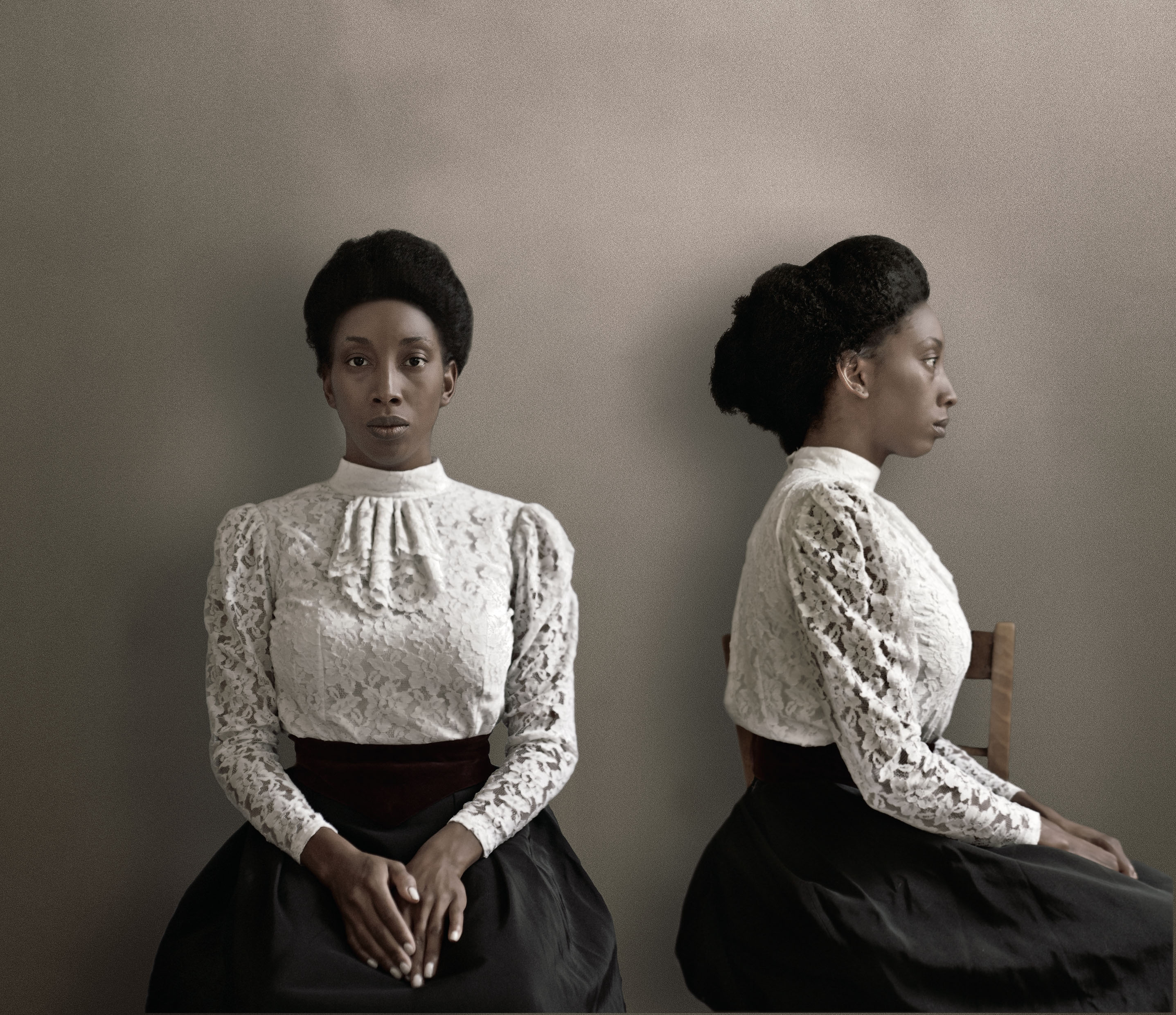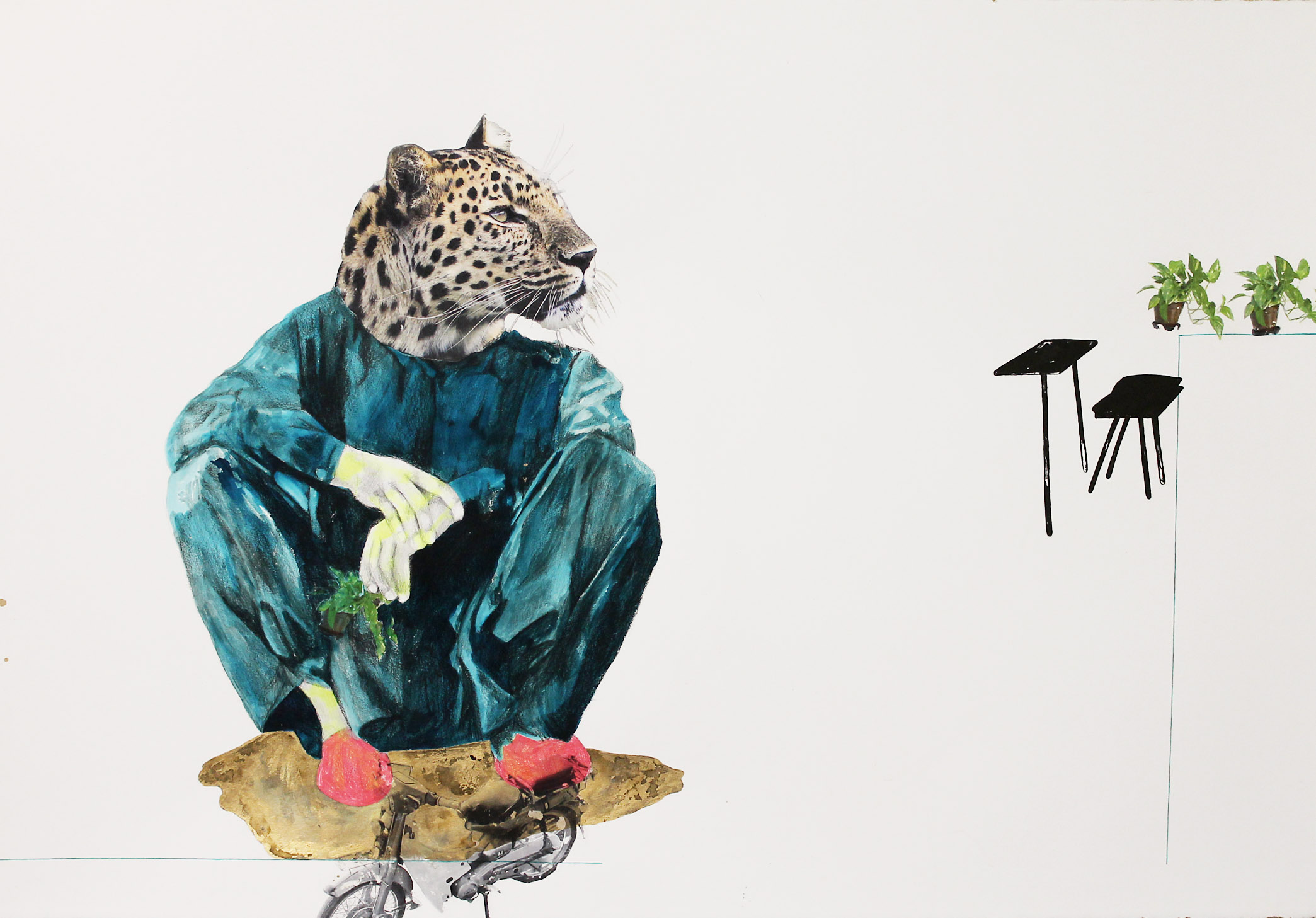The TRUE AFRICA 100 is our list of innovators, opinion-formers, game-changers, pioneers, dreamers and mavericks who we feel are shaping the Africa of today.
Mariane Ibrahim-Lenhardt is the founder of the Mariane Ibrahim Gallery based in Seattle. Originally from Somalia, she has lived in Paris, London, Canada and the USA. She was a crucial part of the team which worked towards UNESCO recognition of Somalian rock art and cave paintings. Her gallery was founded in 2012 and represents artists from Africa and beyond, including Malick Sibidé, Solly Cissé and Ayana V Jackson.
https://instagram.com/p/243GAVCrCm/?taken-by=marianeibrahimgallery
How would you define the spirit of your gallery?
The moment, the very first moment I was unable to see myself and my identity out there I realised there was a problem. It was problematic, because I would have liked to be subjected to images of bright, smart, focused black people that I could look up to. And I don’t mean dinosaurs. I was looking for something that was connected to my reality, to my hopes for Africa.
Any image you have of Africa, you can go ahead and destroy it, because I have multiple images, not one image of Africa in my head.
Since I was unable to see that platform with those images, I decided that I was either going to be an artist, or serve artists and their vision. That way, I would be able to give back to others what I should have been given by my elders. The way the gallery functions is simple: any image you have of Africa, you can go ahead and destroy it, because I have multiple images, not one image of Africa in my head.
https://instagram.com/p/3xgjcQCrJx/?taken-by=marianeibrahimgallery
I come from a country that has been stigmatised, humiliated to the maximum, where everyone sees us as a joke, whereas I had always been told that my culture was important. So as a reaction, in my gallery, I have been showing ‘joie de vivre’ and currents that are not completely Africa-centric. Whether it’s the heavy-metal guys from Botswana, or things that are considered Euro-centric or whatever else, I’m showing it; so long as these are shared visions that I find interesting and uplifting.
https://instagram.com/p/6XwhJcCrBc/?taken-by=marianeibrahimgallery
Another element that you could attribute to our ‘spirit’ is the fact that I refuse to create a small ghetto of Africans. That is why I show artists that are coming from Japan, Brazil, Iran. I represent European and American photographers. There’s no limit, and they are very happy to be with me, alongside the artists that are from Africa.
https://instagram.com/p/8zHUvoCrPE/?taken-by=marianeibrahimgallery
The mainstream media often refers to Somalia as a failed state. What role does Somalia play in your work and outlook now?
I am part of a generation that has been mentally and psychologically disturbed and, in some cases, destroyed. I left Somalia as an eight-year-old girl, and that is an age where you understand things. So I understood very early on that I had left, and that I had left behind my ‘comrades’ and as a result the luck that you know that you have to be able to go to school and be educated, you know very well that you have to wait another ten years for others to have that same luck, to get those opportunities.
You have to remember that before the war, there was no point in mass immigration. So I couldn’t find a lot of peers, I couldn’t connect with too many people from my generation who were educated Somalis who happened to have been born in Somalia. That is why this particular moment is very interesting. I pay a lot of attention to the new generation, those young Somalis who were born in the diaspora.
We know that we need to change perceptions of ourselves, and also of Africa in general.
They are fierce, and they are super connected to Somalia. I am also connected to them, and to other East Africans, they reach out to me, and we are now creating East African bonds that I always dreamt of. So there is a strong solidarity amongst the many East Africans I know, because we have that suffering in common. And we know that we need to change perceptions of ourselves, and also of Africa in general.
Who is your African of the year?
That is a really tough question. There are so many of them. But I would say David Adjaye. I have had a chance to collaborate with him; he is a friend. His vision is really, really interesting. He is just breaking rules. He is everywhere. And he is very close to people who are doing things. He spots people; he spotted me; he introduced me to people that I will be working with; he opened doors for me. Actually, let me take that back; he hasn’t opened doors for me. He just gave me the key.

Find out more about Mariane Ibrahim Gallery
Follow them @marianeibrahimgallery
Come back tomorrow for the next TRUE Africa 100 and keep up to date using the hashtag#TRUEAfrica


